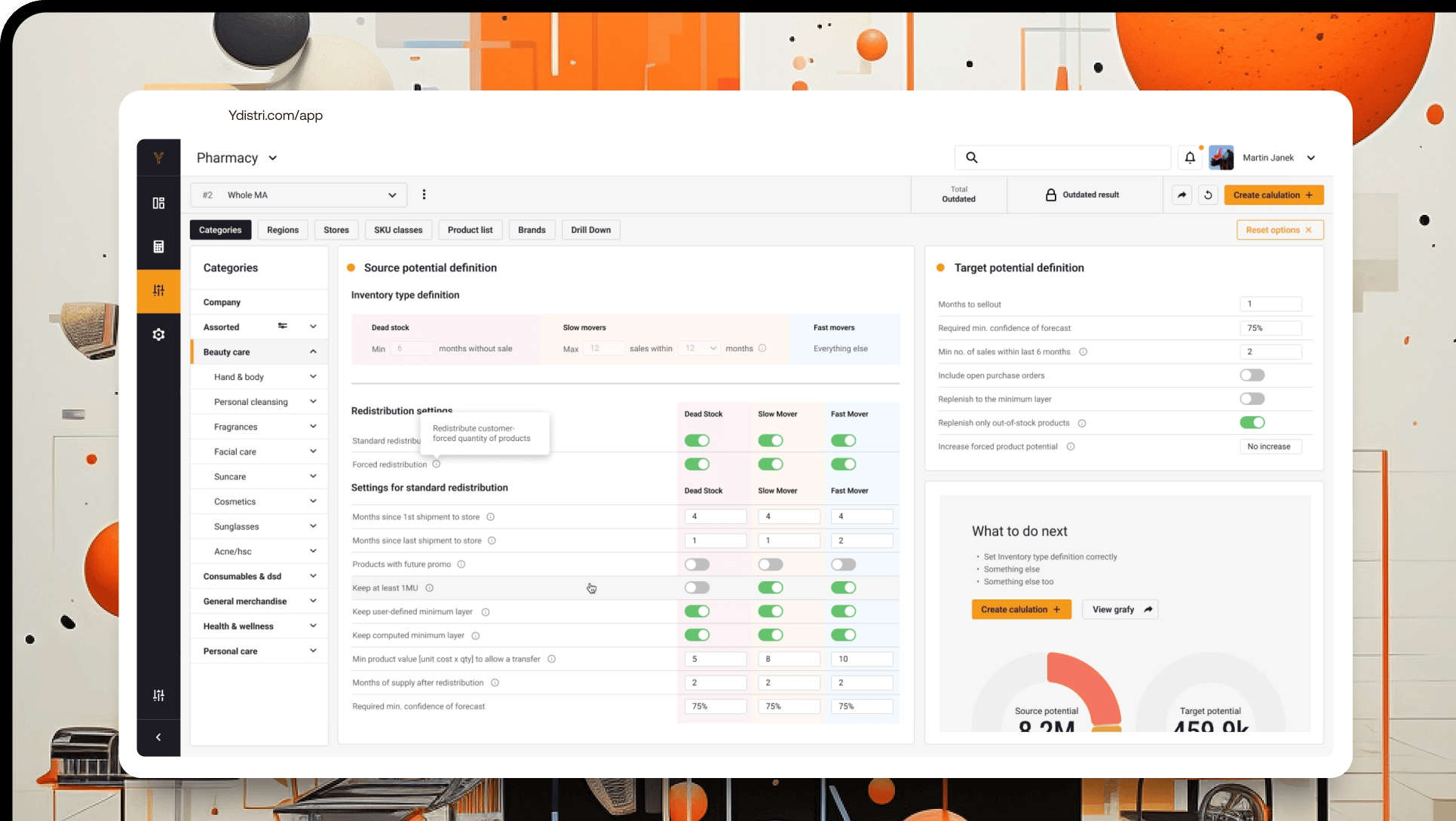Unlocking Financial Synergies through Intra-Network Transfers
The financial benefits of intra-network transfers are multi-faceted:
- Enhanced Inventory Efficiency: Intra-network transfers help optimize inventory turnover rates by moving products to locations where demand is higher. This ensures that stock is sold more quickly, reducing markdowns and improving overall inventory efficiency. For example, advanced data analytics can help retailers pinpoint where a product is underperforming and where it might sell better, maximizing revenue from existing stock.
- Cost Mitigation: This strategy also helps mitigate various costs associated with excess inventory. By reducing the need for holding costs—expenses related to storing unsold stock—retailers can lower overall operational costs. Additionally, intra-network transfers minimize losses from unsold inventory by redirecting products to stores where they are more likely to sell at full price. Financial models and scenarios further demonstrate how these practices lead to substantial cost savings, thus improving the bottom line.
- Cash Flow Optimization: By improving inventory management and reducing costs, intra-network transfers enhance cash flow. Better cash flow management is crucial for maintaining operational liquidity, especially in a competitive retail environment. Case studies showing real-world financial outcomes illustrate how these transfers positively impact cash flow, making a strong case for their adoption.



